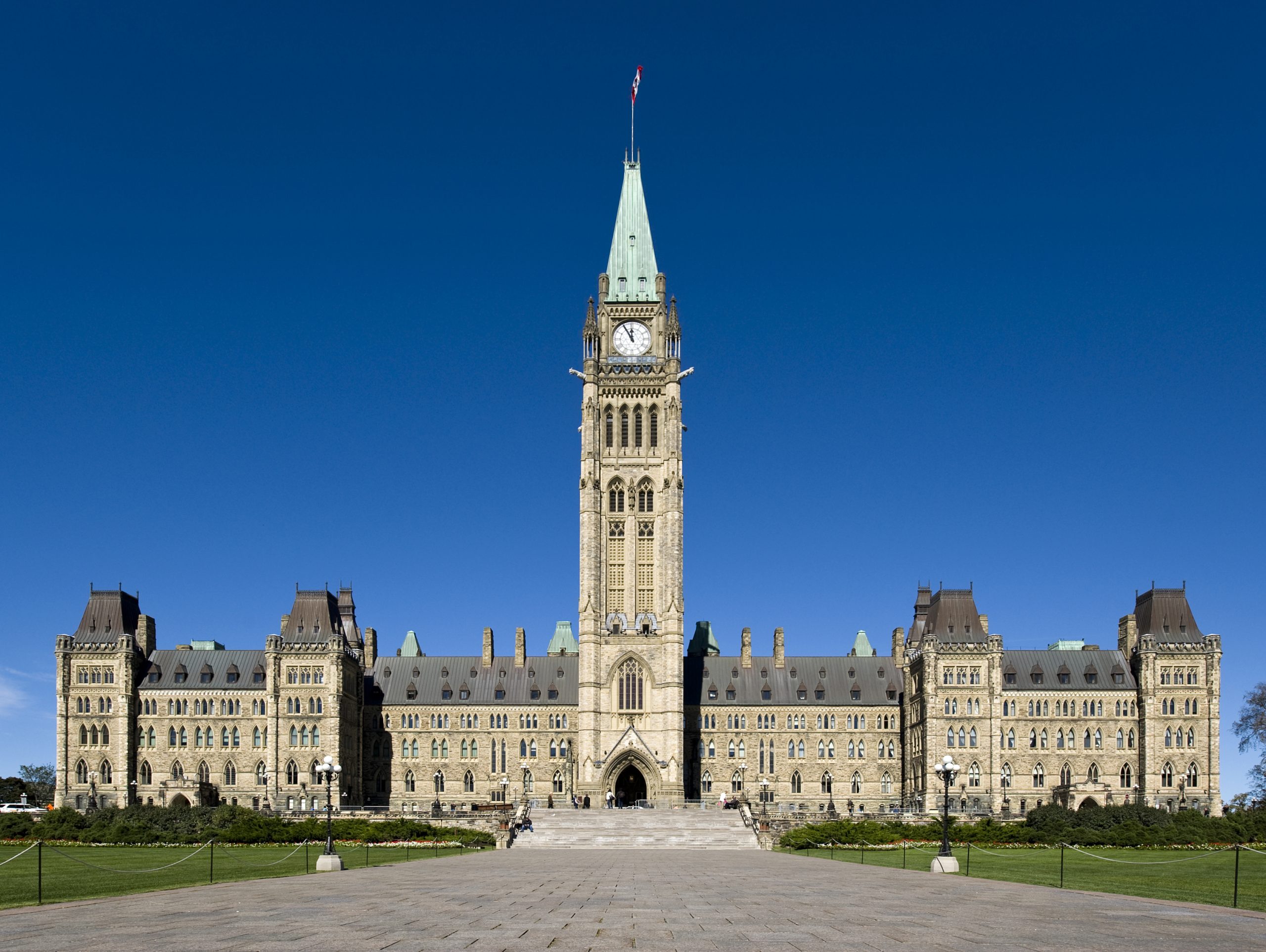Executive Summary

Over the course of the past decade, wage growth for public administration workers has dramatically outstripped wage growth in the rest of the economy. Between 1998 and 2009, wages for federal public administration workers increased by 59%. That is nearly double the average rate of wage growth in the economy as a whole, which experienced average wage growth of 30% during this same period. Provincial level public administration workers also saw their wages grow much faster than the economy-wide average. The average weekly wage of provincial level public administration workers grew by 55% during this time period.
This paper provides further context on the rate of wage growth for public servants compared to other workers in the economy by analyzing Statistics Canada data that tracks the average wage growth in a wide range of industries, including public administration. An examination of this data shows that wage growth for federal and provincial public administration workers has been faster than the wage growth experienced by any other industry tracked by Statistics Canada during this time period.
Growth in the wage gap between public servants and the average worker in the economy over time is not necessarily objectionable. It is possible economic and technological changes over the past ten years have increased the value of highly-educated workers such as bureaucrats, thereby causing government wages to increase faster than the economywide average. However, the evidence presented in this paper shows that wages for federal and provincial public servants are growing substantially faster than wages in any other industry—including other fields that require significant education and skills such as finance and the management of businesses and enterprises. This suggests that there may be other, less benign explanations for rapid public administration wage growth than an economic increase in returns to education. The unique rate of public administration wage growth since 1998—unmatched by any other industry in the country—should be carefully examined by future researchers to determine whether political factors such as rent seeking and union influence on government policy can help explain the anomalously rapid growth of government wages.
This backgrounder also examines Statistics Canada data to quantify how much money would have been saved by taxpayers if federal and provincial public administration wage growth had merely matched wage growth in industries with the next highest rate of wage growth in the economy behind public administration. The data shows that if wage growth had been modestly restrained in this way between 1998 and 2009, taxpayers would have saved over $2.6 billion on public administration wages in 2009 alone.
 Over the course of the past decade, wage growth for public administration workers has dramatically outstripped wage growth in the rest of the economy. Between 1998 and 2009, wages for federal public administration workers increased by 59%. That is nearly double the average rate of wage growth in the economy as a whole, which experienced average wage growth of 30% during this same period. Provincial level public administration workers also saw their wages grow much faster than the economy-wide average. The average weekly wage of provincial level public administration workers grew by 55% during this time period.
Over the course of the past decade, wage growth for public administration workers has dramatically outstripped wage growth in the rest of the economy. Between 1998 and 2009, wages for federal public administration workers increased by 59%. That is nearly double the average rate of wage growth in the economy as a whole, which experienced average wage growth of 30% during this same period. Provincial level public administration workers also saw their wages grow much faster than the economy-wide average. The average weekly wage of provincial level public administration workers grew by 55% during this time period.

